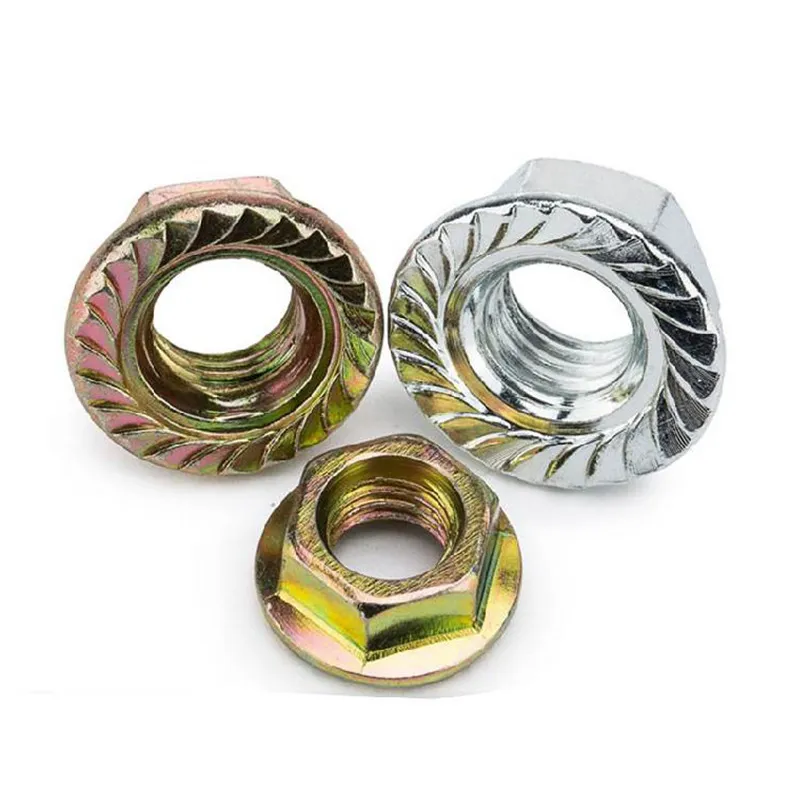

push fasteners
Nov . 04, 2024 23:50 Back to list
push fasteners
The Importance of Push Fasteners in Modern Applications
Push fasteners are an essential component in various industries, serving as reliable and efficient fastening solutions. These innovative devices are designed to secure components together without the need for additional tools or complicated procedures, making them a popular choice among manufacturers and DIY enthusiasts alike.
One of the primary advantages of push fasteners is their ease of use. Often made from durable materials like plastic or metal, these fasteners can be quickly installed by simply pushing them into place. This feature significantly reduces assembly time and labor costs, making them an attractive option for mass production and assembly line operations. Moreover, push fasteners can be easily removed and reused, which adds to their versatility and sustainability in applications where adjustments may be necessary.
Push fasteners come in various shapes and sizes, designed to meet the specific needs of different applications. For instance, they can be found in automotive, aerospace, electronics, and furniture industries. In automotive design, push fasteners are commonly used to secure panels, trim, and other components, ensuring a sleek and professional finish without visible hardware. In the electronics sector, these fasteners are crucial for maintaining the integrity of circuit boards and enclosures, providing both stability and protection from external factors.
push fasteners

Another critical aspect of push fasteners is their ability to distribute load evenly across the surface of the components they connect. This feature helps prevent damage and wear over time, extending the lifespan of products. Additionally, some push fasteners are designed with features that enhance vibration resistance, making them ideal for applications where environmental conditions may pose a risk to more traditional fastening methods.
Despite their many advantages, using push fasteners does require some consideration in design and engineering. It's essential to choose the appropriate type of fastener based on material compatibility, load requirements, and specific application scenarios. Designers must also consider the ease of access for future maintenance or repair needs, as certain configurations may limit accessibility.
In conclusion, push fasteners are a valuable resource in modern manufacturing and assembly processes. Their ease of use, versatility, and ability to provide a secure connection make them an essential element in various industries. As technology evolves and industries continue to demand more efficient solutions, push fasteners will undoubtedly play an increasingly important role in the way products are designed, assembled, and maintained. Whether you are a designer, engineer, or DIY enthusiast, understanding the benefits and applications of push fasteners is crucial for optimizing performance and reliability in both everyday projects and advanced industrial systems.
Latest news
-
Hot Dip Galvanized Bolts-Hebei Longze|Corrosion Resistance&High Strength
NewsJul.30,2025
-
High-Strength Hot-Dip Galvanized Bolts-Hebei Longze|Corrosion Resistance&High Strength
NewsJul.30,2025
-
Hot Dip Galvanized Bolts-Hebei Longze|Corrosion Resistance&High Strength
NewsJul.30,2025
-
Hot Dip Galvanized Bolts - Hebei Longze | Corrosion Resistance, High Strength
NewsJul.30,2025
-
High-Strength Hot Dip Galvanized Bolts-Hebei Longze|Corrosion Resistance, Grade 8.8
NewsJul.30,2025
-
Hot Dip Galvanized Bolts-Hebei Longze|Corrosion Resistance,High Strength
NewsJul.29,2025

